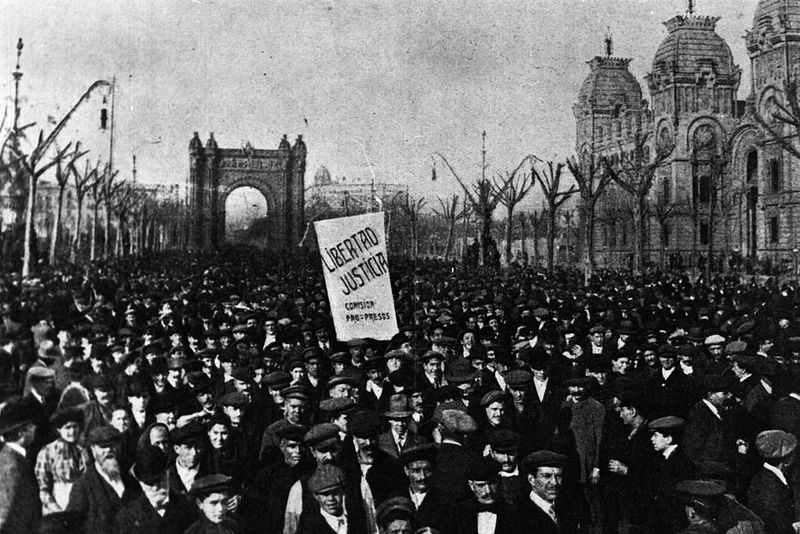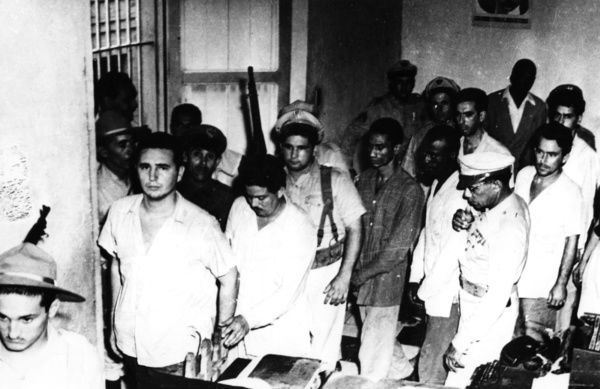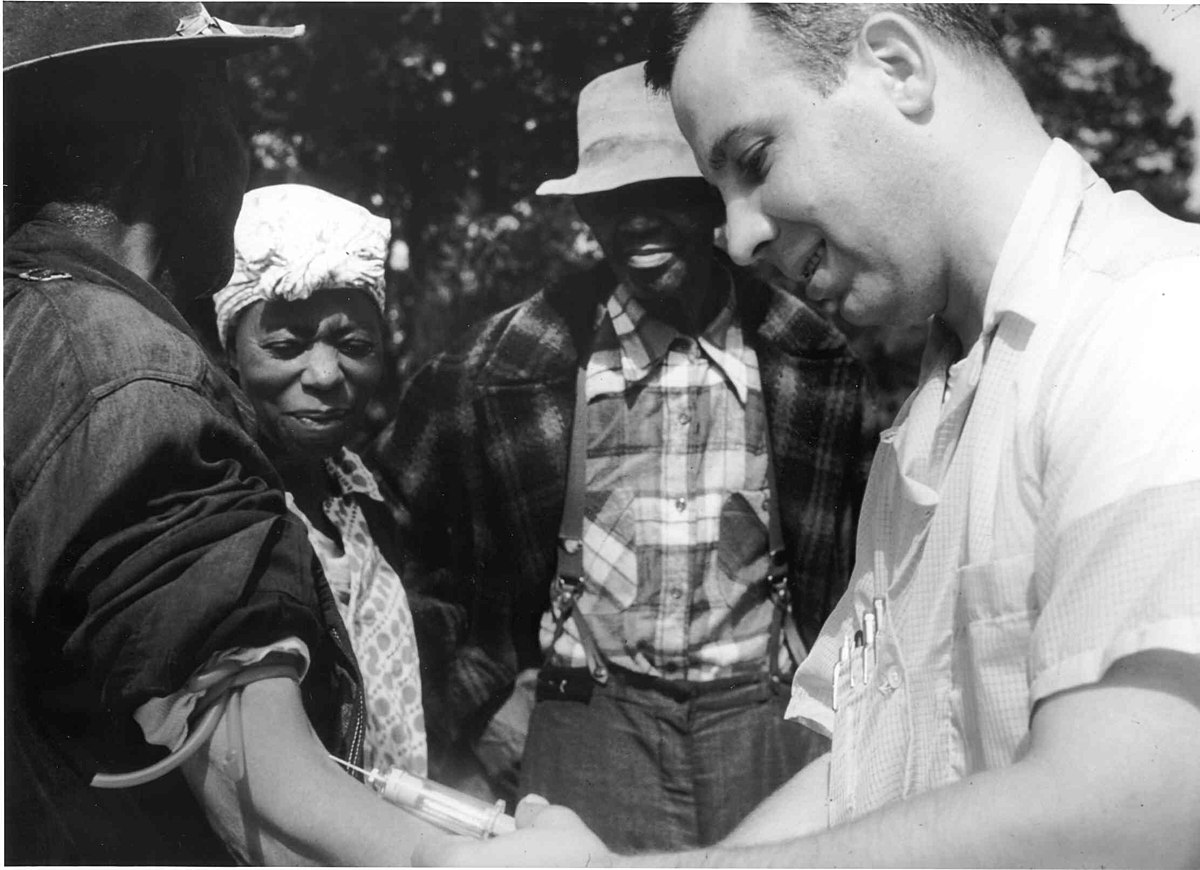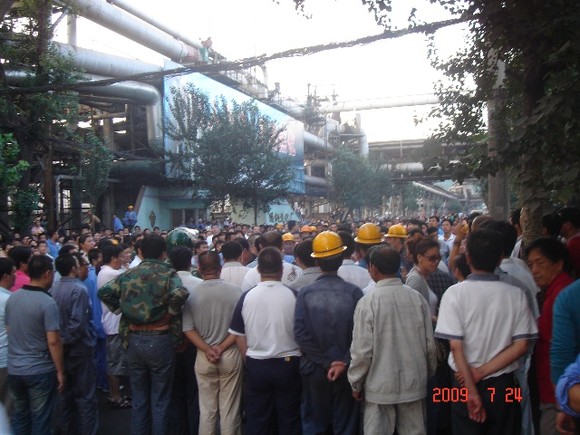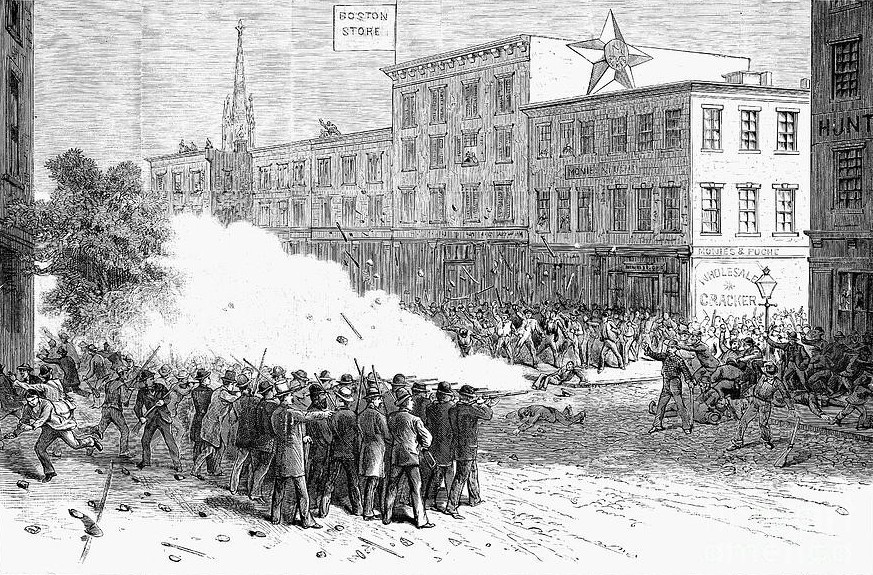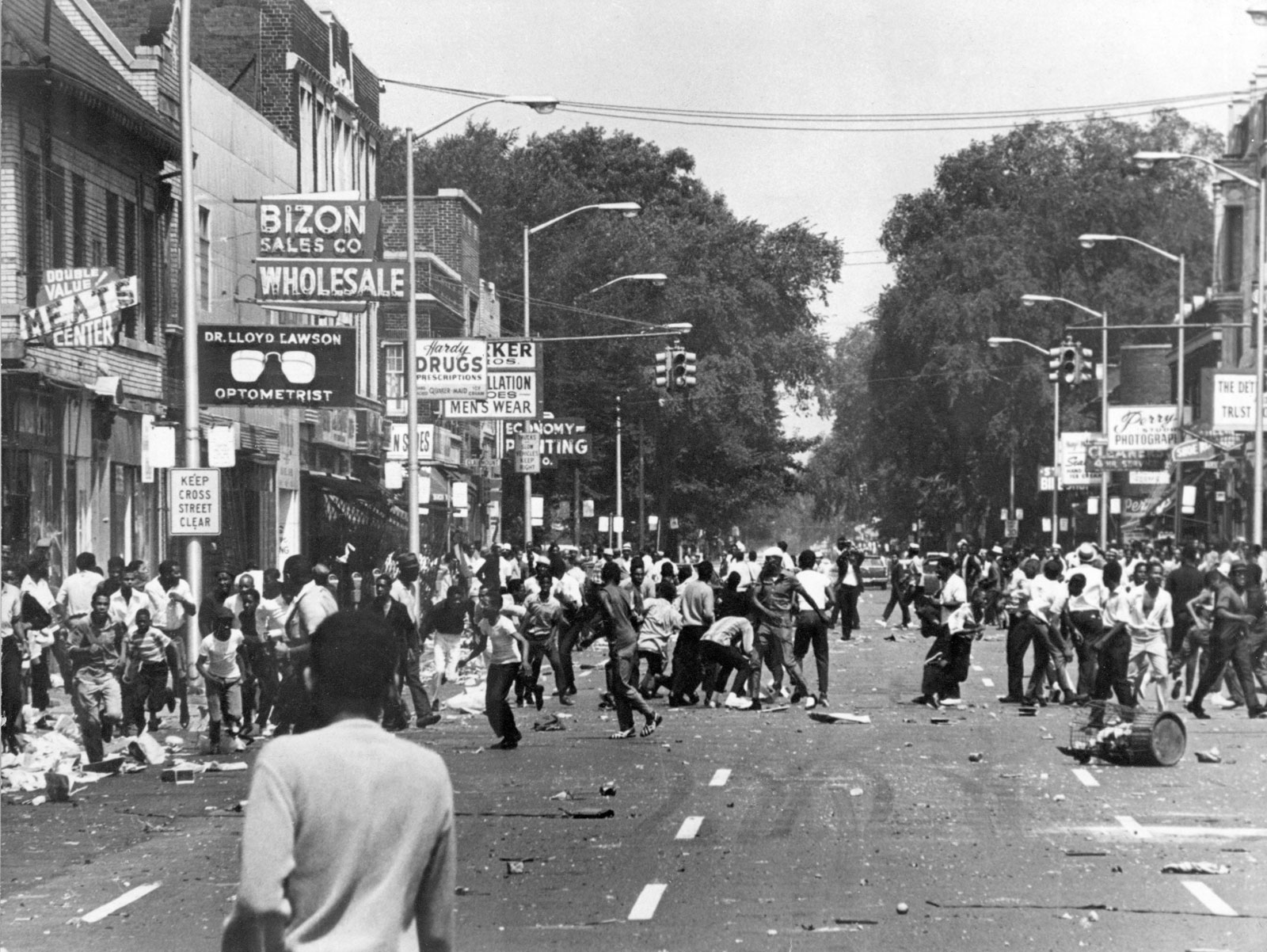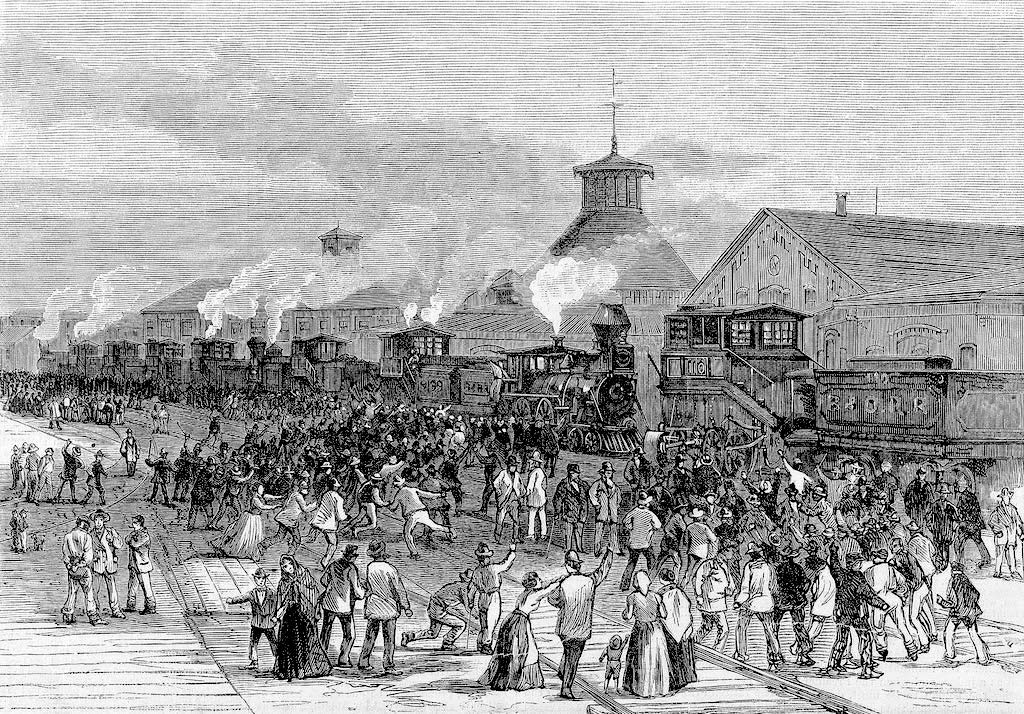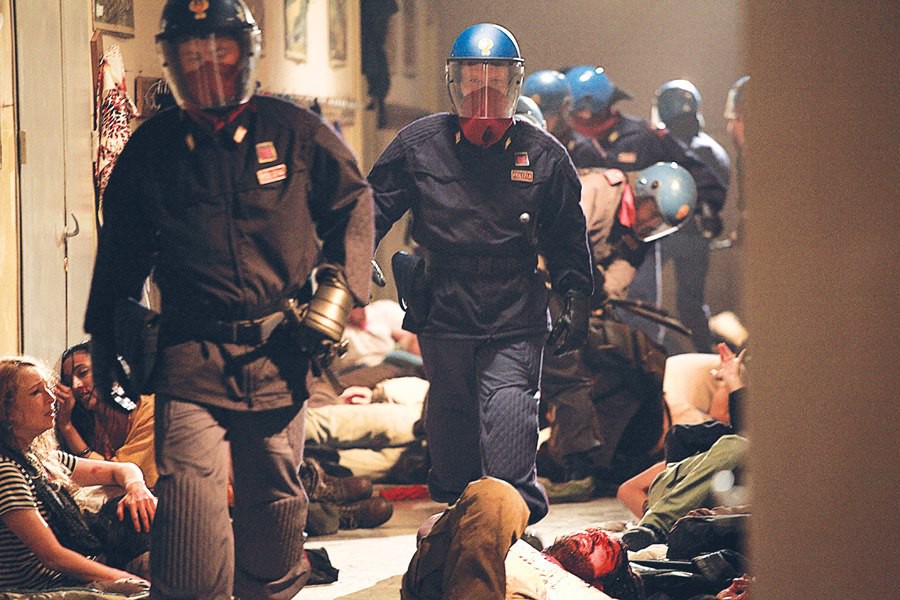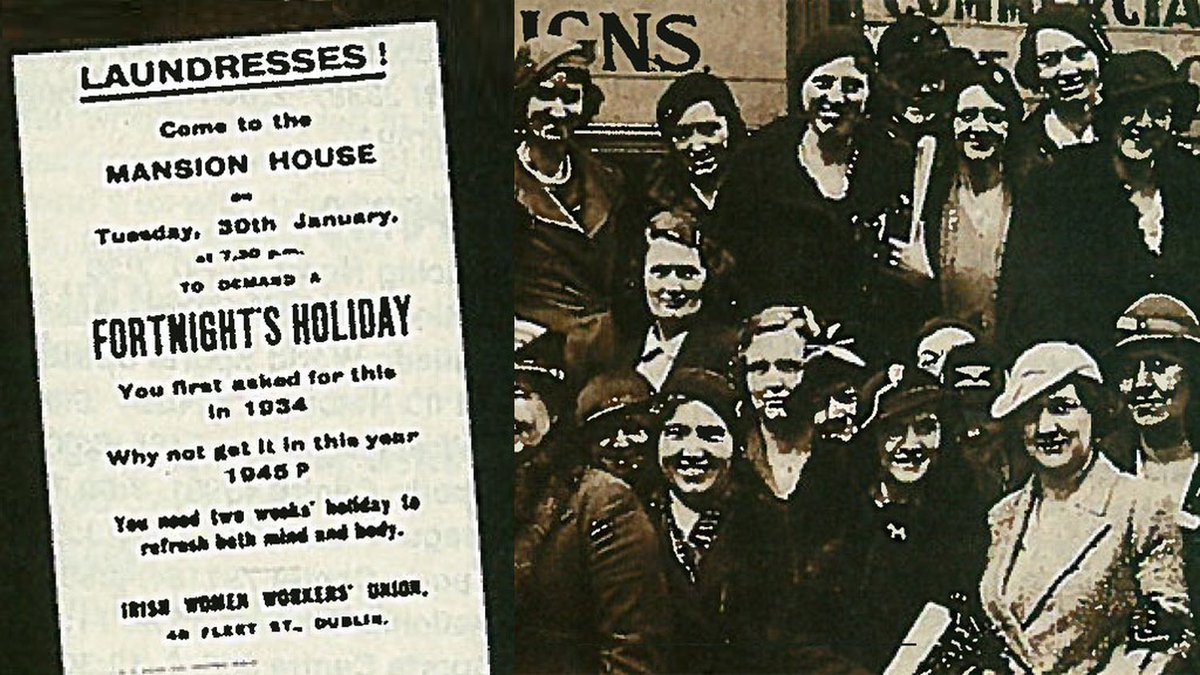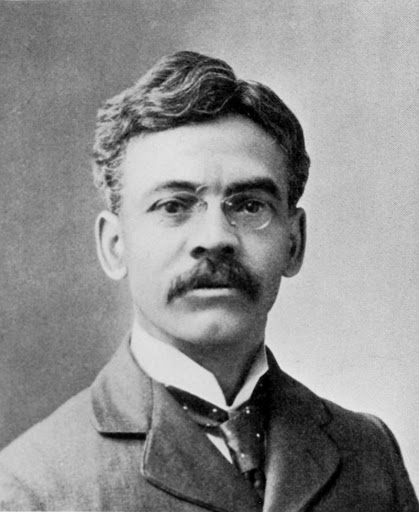Emmett Till (1941 - 1955)
Fri Jul 25, 1941
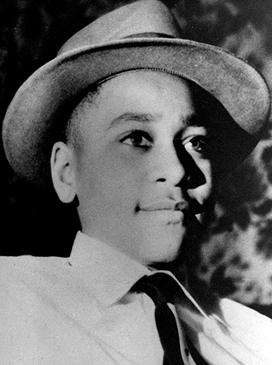
Image: Emmett Till, 13-years-old, on Christmas Day in 1954. Photograph taken by his mother, Mamie Till Bradley [Wikipedia]
Emmett Till, born on this day in 1941, was a black child tortured and lynched by white supremacists in Mississippi at 14 years old. His killers sold the story of how they murdered him for $4,000 after being acquitted by an all-white jury.
Emmett was born in Chicago to Mamie Carthan, a working class woman from Tallahatchie County, Mississippi, where the average annual income for a black family was $462 (equivalent to $4,700 in 2016 dollars). In 1955, Till's great-uncle visited the family in Chicago and told Emmett stories about the Mississippi Delta, leading Emmett to plan a visit.
Till arrived in Money, Mississippi, on August 21st, 1955. On the 24th, Till and his friends visited a store owned by a white couple. Till was accused of whistling at and approaching the wife, Carolyn Bryant, while at the store.
Facts of Till's interaction with Bryant are disputed, however many of the accusations - that Till put his hands on Bryant, that he made lewd comments at her, or that he bragged to his friends about having had sex with a white woman - have been withdrawn by the people who initially made them. Till's mother has also stated that she taught Emmett to whistle to help with his stutter, which he developed after a bout with polio.
After word broke out that an interaction had taken place between Till and Bryant, Carolyn's husband, Roy Bryant, and his half-brother, J.W. Milam abducted Emmett, tortured him, shot him, and threw his corpse into the Tallahatchie River. Following Till's disappearance, civil rights activists Medgar Evers and Amzie Moore went undercover as cotton pickers to try and locate him.
Three days after his abduction and murder, Till's swollen and disfigured body was found by two boys who were fishing in the Tallahatchie River. His head was very badly mutilated, he had been shot above the right ear, an eye was dislodged from the socket, there was evidence that he had been beaten on the back and the hips, and his body weighted by a fan blade, which was fastened around his neck with barbed wire.
Mamie decided to have an open-casket funeral, saying: "There was just no way I could describe what was in that box. No way. And I just wanted the world to see." Tens of thousands of people lined the street outside the mortuary to view Till's body, and days later thousands more attended his funeral at Roberts Temple Church of God in Christ.
In the lead-up to Bryant and Milam's trial, local newspapers falsely reported that there were riots at Till's funeral, and depicted both men smiling in military uniforms. On September 23rd, 1955, an all-white, all-male jury (both women and blacks had been explicitly banned) acquitted Bryant and Milam after a 67-minute deliberation. One juror said "If we hadn't stopped to drink pop, it wouldn't have taken that long."
Protected against double jeopardy, Bryant and Milam quickly struck a deal with "Look" magazine in 1956 to tell their story for approximately $4,000 ($35,000 in 2016 dollars).
Emmett Till's murder became a flashpoint in the American civil rights movement; the Montgomery Bus Boycott began in December later that year after Rosa Parks refused to give up her seat for a white person. Parks stated "I thought of Emmett Till and I just couldn't go back."
Myrlie Evers, the widow of Medgar Evers, said in 1985 that Till's case resonated so strongly because it "shook the foundations of Mississippi - both black and white, because...with the white community...it had become nationally publicized...with us as blacks...it said, even a child was not safe from racism and bigotry and death."
